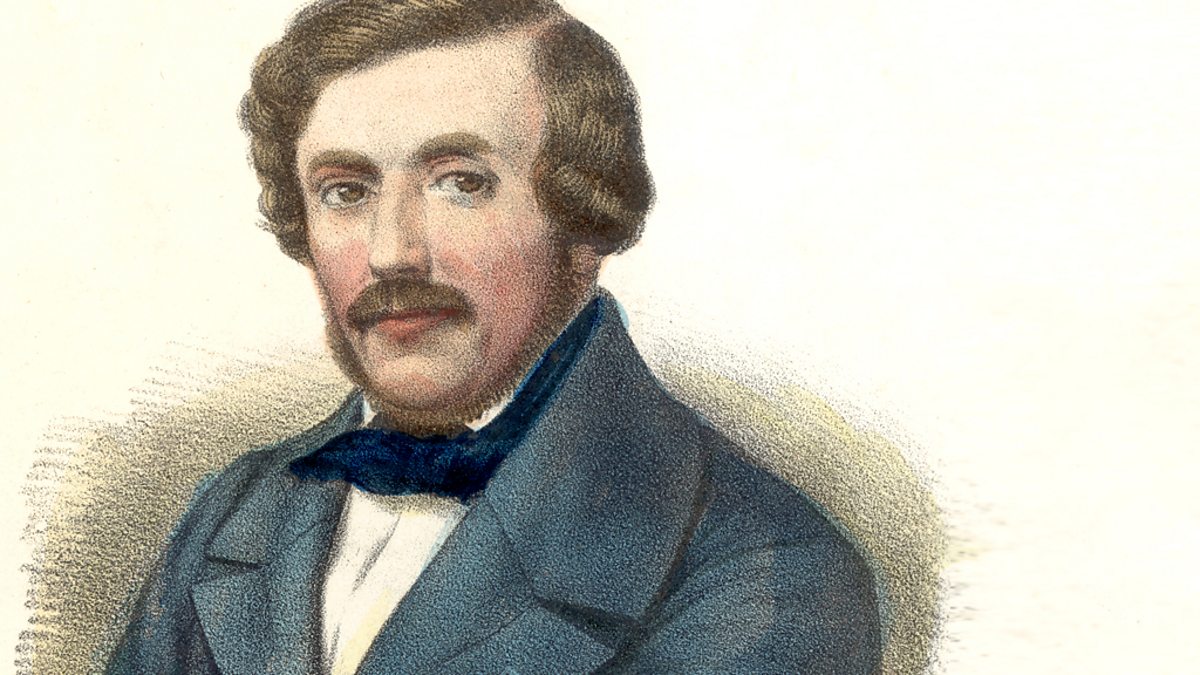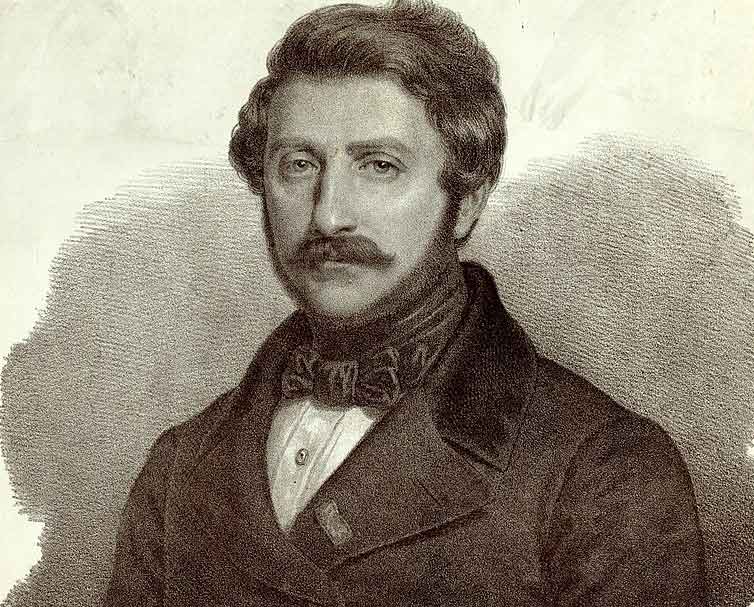Domenico Gaetano Maria Donizetti, renowned as Gaetano Donizetti, emerges as a prominent figure in the realm of Italian classical music, particularly celebrated for his remarkable contribution to opera. Born in the picturesque city of Bergamo, nestled in the heart of Lombardy, Donizetti’s journey commenced with auspicious beginnings. In his formative years, fate intervened as he found himself under the mentorship of the esteemed Simon Mayr. This benevolent mentor not only recognized Donizetti’s innate musical talent but also provided him with a scholarship that paved the way for an immersive education in the art of composition.
Gaetano Donizetti (Italian Composer) Cool, Interesting Facts
In unraveling the multifaceted tapestry of Gaetano Donizetti’s life, one encounters a narrative that intertwines musical brilliance with geographic and cultural influences, creating a legacy that continues to enrapture audiences across centuries.
1. Early Life and Musical Education
Under Mayr’s watchful guidance, Gaetano Donizetti’s musical acumen blossomed, leading to a pivotal moment when he secured admission to the prestigious Bologna Academy. This marked the inception of a transformative period in Donizetti’s life, where the corridors of academia echoed with the melodies of his burgeoning genius. It was within the hallowed halls of the academy that he composed his inaugural one-act opera, the whimsical farce known as “Il Pigmalione.” Intriguingly, historical ambiguity shrouds whether this early masterpiece saw the limelight during Donizetti’s lifetime, adding an enigmatic layer to his artistic genesis.
2. Pioneering the Bel Canto Opera Style
Gaetano Donizetti’s indelible imprint on the annals of music history lies in his role as a trailblazer of the bel canto opera style. Amidst the flourishing artistic landscape of the nineteenth century, Donizetti stood shoulder to shoulder with luminaries like Gioachino Rossini and Vincenzo Bellini, collectively shaping the operatic milieu of their era. The term “bel canto” translates to “beautiful singing,” and indeed, it encapsulates the essence of Donizetti’s compositions, characterized by soaring vocal lines, expressive lyricism, and a penchant for emotional depth.
The operatic oeuvre of Gaetano Donizetti comprises a staggering portfolio, boasting over 70 operas that have left an indelible mark on the world stage. His works, including “Lucia di Lammermoor,” “L’elisir d’amore,” and “Don Pasquale,” stand as a testament to his ability to intertwine narrative richness with musical brilliance. Donizetti’s influence, however, extends beyond his contemporaries, with the echoes of his compositions resonating in the later works of the illustrious Giuseppe Verdi.
3. Bergamo’s Prodigy: Donizetti’s Birthplace
Bergamo, the enchanting Lombardian city that cradled Gaetano Donizetti in his infancy, serves as a poignant backdrop to the composer’s narrative. This ancient city, with its medieval charm and architectural splendor, witnessed the nascent stages of Donizetti’s artistic evolution. The very streets that wind through Bergamo’s historic quarters bear witness to the footsteps of a musical prodigy, destined to carve his name into the echelons of operatic greatness.
As Donizetti’s birthplace, Bergamo not only encapsulates the physical origins of the composer but also symbolizes the cultural tapestry that nurtured his creative spirit. The resonances of his early years in this Lombardian haven echo in the melodic cadence of his compositions, creating an inseparable link between the man and the city that cradled his artistic infancy.

More Interesting Articles
- 42 Marilyn Monroe – Bio | Interesting Fun Facts | Contributions
- 10 Life Lessons From Nelson Mandela Motivational Quotes
- 10 Life Lessons from Famous Quotes of Mahatma Gandhi
- 10 Practical Life Lessons from Famous Dr Seuss Quotes
- 29 Anna Lappé Interesting Profile and Biography Facts
- 19 Danielle J Nierenberg – Interesting Profile Biography Facts
- 25 Mary Beth Kelly – Interesting Biography Facts
- 28 Letesenbet Gidey Interesting Profile, Biography Facts
- 26 Louise Gluck Interesting Facts You Didn’t Know
- Muhammed Ali Ansary – M A Ansary Montu Contributions & Facts
- 28 Florence Nightingale Facts – How She Changed the World
- 24 Interesting Facts about Malcolm X – How He Uplifted Himself
- 26 Laura Ingalls Wilder Facts – How She Faced Challenges
- 31 Interesting Facts about Stephen King – Secrets of Success
- 30 Fun Facts about Mother Teresa – What Did She Say Before Died
- 24 Jean Michel Basquiat Facts – Why He Died So Young
- 27 Interesting Facts about Elon Musk – Secrets of Success
- 50 Joe Biden Fun Facts – The 46th US President
- 23 Surprising Catherine the Great Facts – Rise and Fall
- 48 Interesting Facts About Leonardo da Vinci
